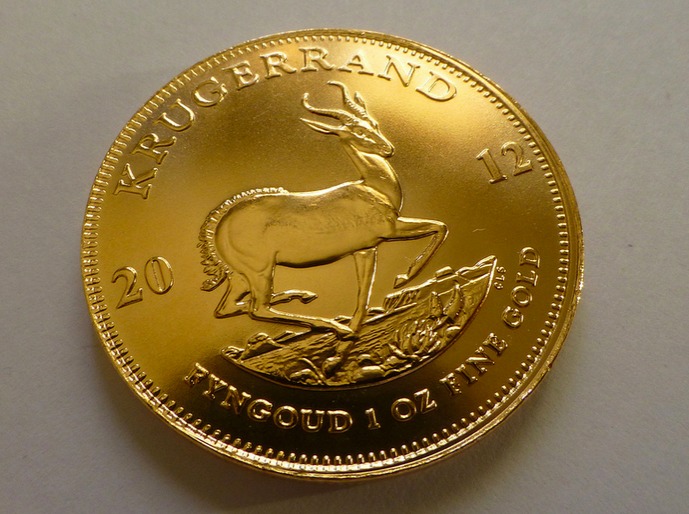 Author: Beau Wolinsky, KC Capital Management
Author: Beau Wolinsky, KC Capital Management
Covestor model: Quantitative ETF
KC Capital Management’s Quantitative ETF Portfolio is primarily a pairs trading strategy using ratios of QID and QLD to trade their 3x leveraged counterparts both long and short. Our model performed well for the second half of the period since inception – that is, returns since October.
In environments where price had been trending, as long as we captured the start of a trend using Price Physics to confirm the start of those trends, we were generally able to generate alpha, but not enough to reach a since inception profit level.
We plan to continue to use our models for their signals using Pairs Trading Strategies to indicate overbought, oversold levels, and Trend Following Price Physics to detect market oscillations at optimal times. We have modified the initial pairs strategy to take trades all the way from the entry level to the complete opposite level. That is, rather than exit sooner we now wait for our indicators to go from overbought/oversold levels to completely oversold/overbought, then reverse. This will hopefully enhance our returns, as we’ll on average hold these trades for 5 days. Due to the lack of volume in December, we had the longest trade in terms of holding time and days that we’ve seen since starting our Covestor Model.
We believe our edge against larger institutional managers is the knowledge that we have state of the art programs unique to us, and with automation these are superior to nearly everything a quant can come up with at any large institution. Using Basic Elitism and Proximal Convergence, the genetic algorithms we have should find the best optimizations themselves, without having to perform exhaustive studies. This is what many institutions use, and we’ve invested time and research to learn how to use these new advancements in trading technologies effectively.
Multicharts is state of the art, and we have a lot of data and very fast computers, so since Multicharts cannot ever use greater than 2GB of RAM, the only other advantage an institution might have over us is a faster computer, but we’re patient, and bearing in mind since most hedge funds use supercomputers we know that as long as we wait for our results we’ll get just as optimal results whenever we use genetic algorithms to optimize.
Our robots for Price Physics are Artificially Intelligent and we’re convinced that Multicharts itself is a superior program to any off the shelf technology that might be built in-house by other hedge funds. We have a database that goes back to 2008, and it is rare that managers have such large databases. Because it is such a powerful tool, we use it to the maximum extent possible, taking optimizations that would last 3 lifetimes inside of a few hundred hours of self-tuning to keep our edge over other investors. To the best of my knowledge, we are the only model on Covestor that uses Multicharts, and the only one that has discussed genetic optimization methods of their model’s algorithms.
I am supremely confident going into this year that you will see us compete consistently for top 10 positions in the 3 month and Month to Date Categories, with top 10’s Since Inception coming following a maximum profit gain of 7.5% on the index, and approximately 25% on 3x leveraged instruments. We know that as we’ve been trading using these precise methods the same way, if we keep doing that the profits should take care of themselves, and since this is about a 6 month old strategy, there hasn’t been enough out of sample trading to say anything about the long term profitability of our methods.
Our strategies will maintain their edge out of natural movement we’ve found to be highly effective at predicting turning points, and by maximizing gains using Price Physics. We have enhanced some of our methods by further study of Price Physics methods, and with the addition of Pairs Trades that last about a week we are well positioned to capture significant amounts of alpha over other models and nearly all of the investment management community.
Be sure to listen to our ADV Part II, as it summarizes the methods we are using. You may also read KC Capital Management’s ADV Part II, but given its verbose nature, we strongly suggest listening to it read aloud on BWO Vision on YouTube.
Our model’s enhancements came during the final week of the year, and since we found reversals were so frequent as to approach daytrading, we had to make changes so that we wouldn’t have to change our model’s minimum to daytrading minimums. Since we’ve made these modifications, we don’t have to change our minimum of $10,000.
Our outlook on our model is very good, and the last two months in particular I would say have been stellar. While we do recognize leveraged instruments are a new tool for some investment managers, we have been trading them essentially since they were first created since March 2007 using a variant of the models we have today.



